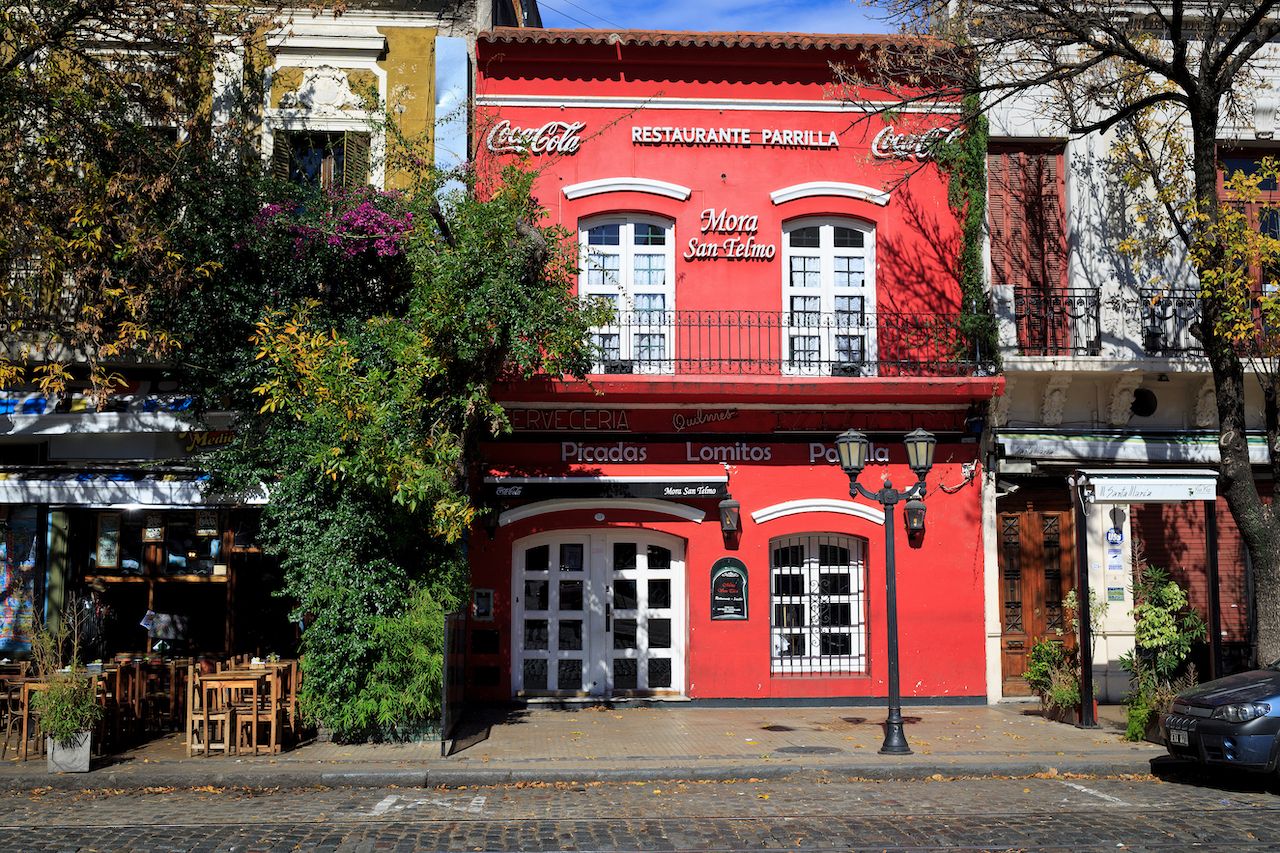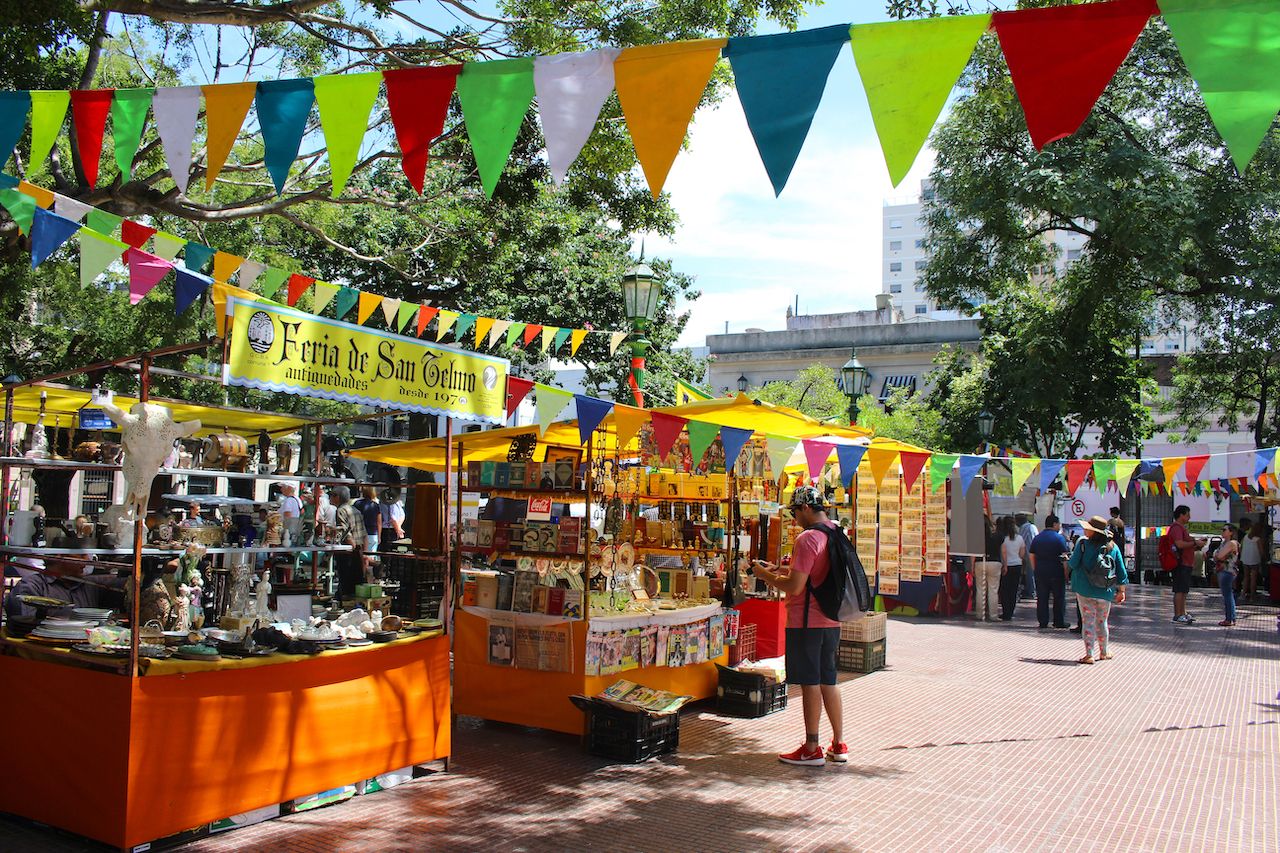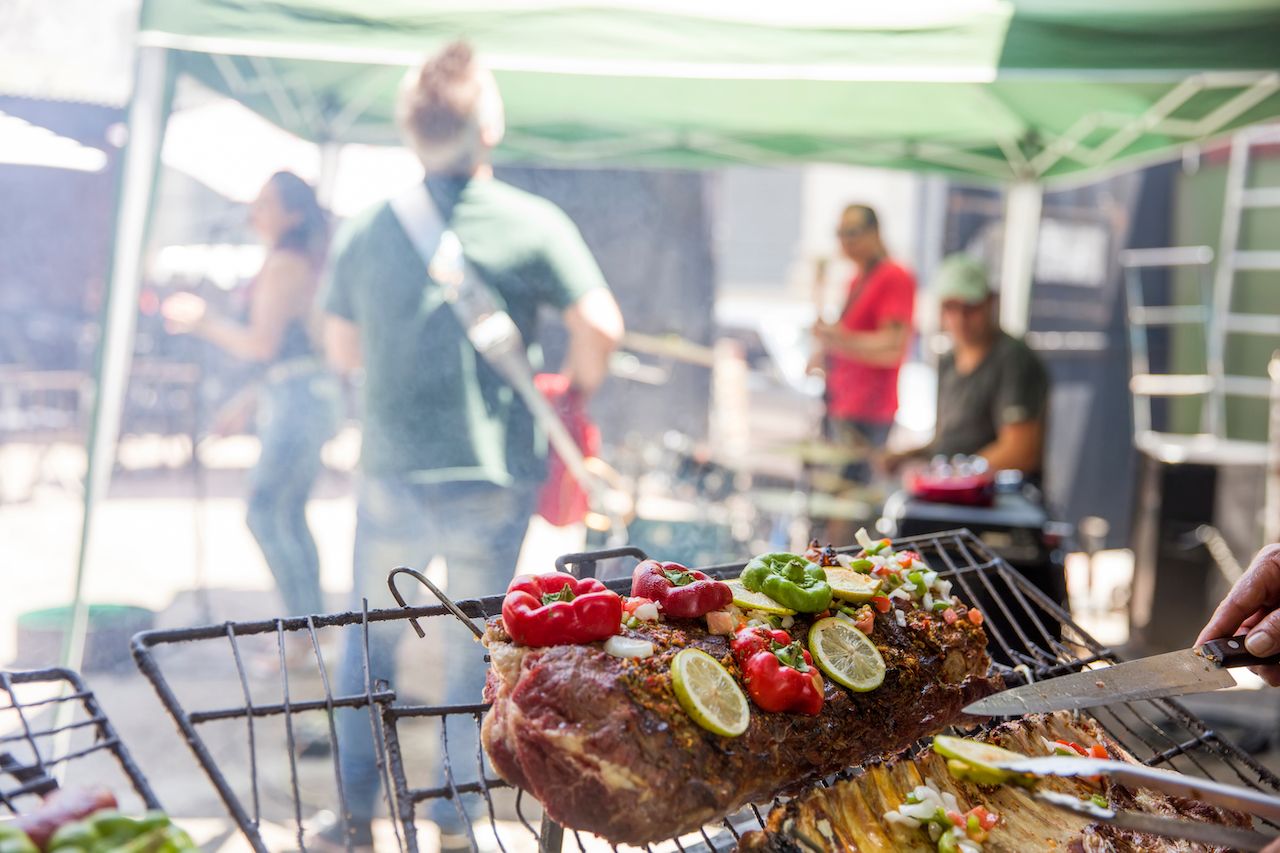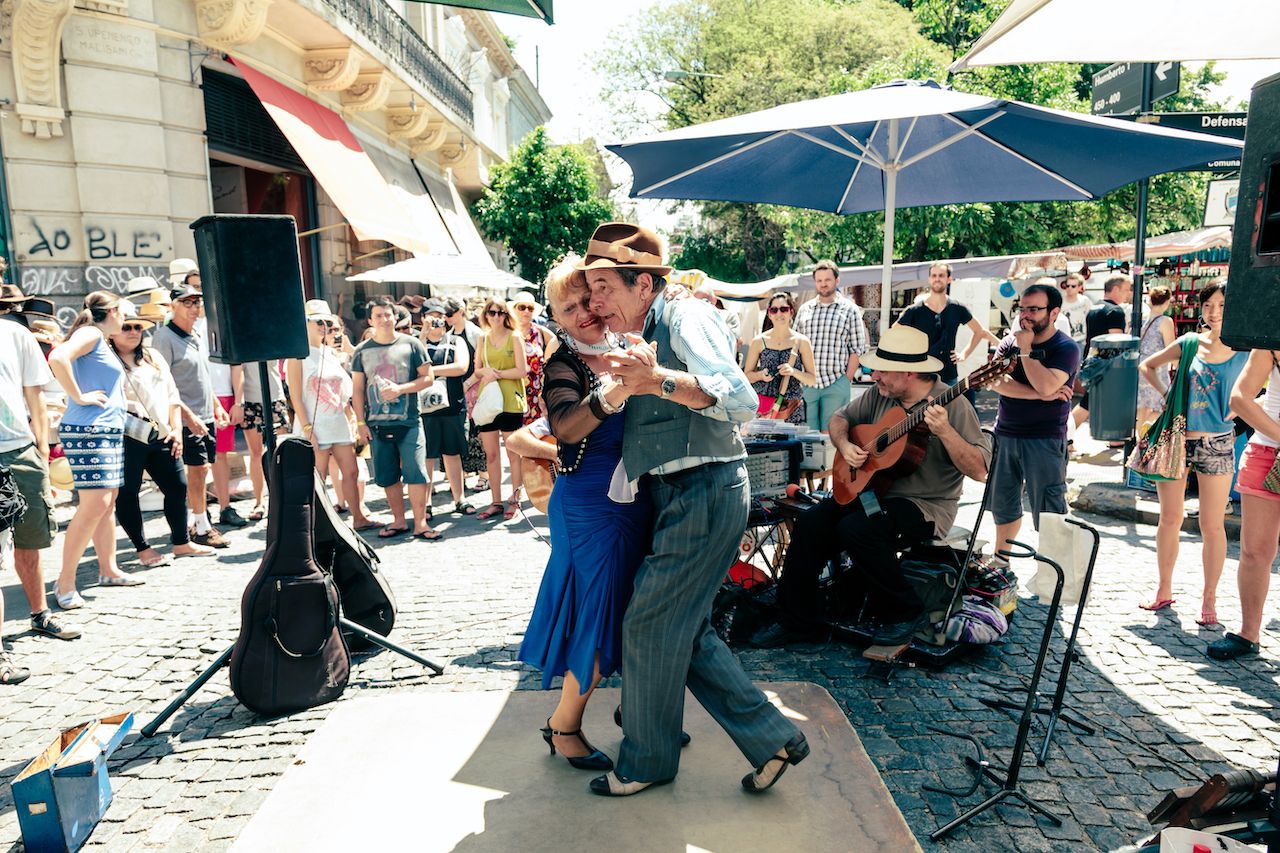Buenos Aires has a number of well-known neighborhoods. Palermo Hollywood and Palermo Soho come to life at night with their bars, restaurants, and nightclubs. Recoleta is an affluent suburb with leafy streets, home to 19th-century mansions designed by French architects. La Boca, settled by Italian immigrants in the 1830s, attracts visitors to its brightly painted corrugated buildings.
Then there is San Telmo, the oldest suburb of Argentina’s capital. Historians believe that the first settlement was founded here by the Spanish in 1536. Prior to the mid-1800s, it was home to dock workers then, the wealthy moved in and built mansions. When yellow fever swept through the area, they fled. Those mansions became homes for immigrants who arrived in the late 1800s. Take a walk through San Telmo’s slightly shabby, cobbled, narrow streets and discover one of Buenos Aires’ most historic neighborhoods.





